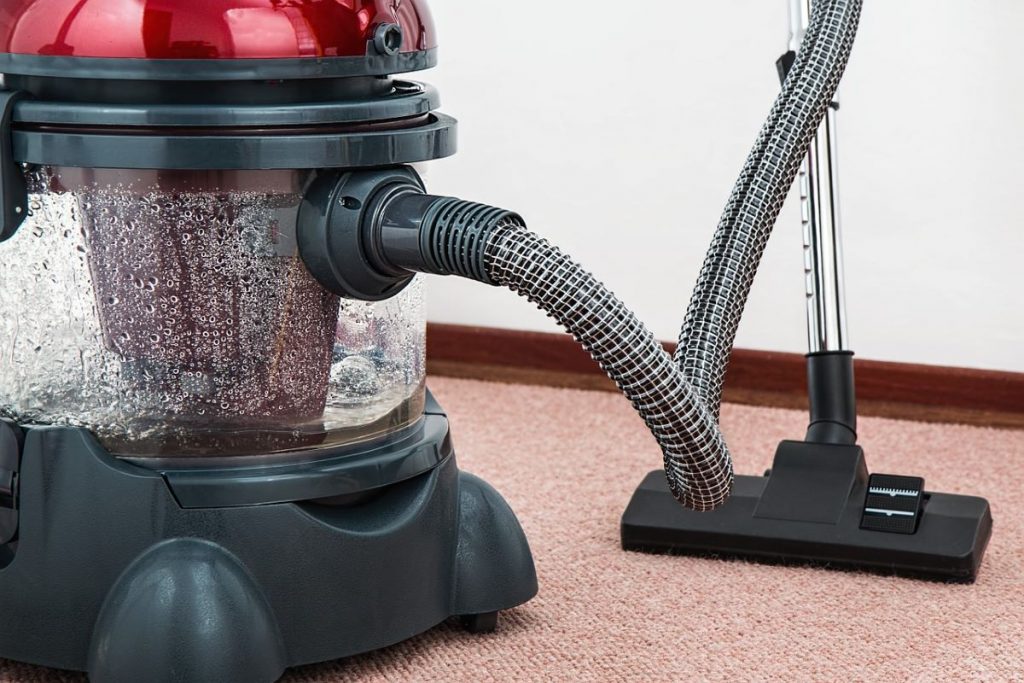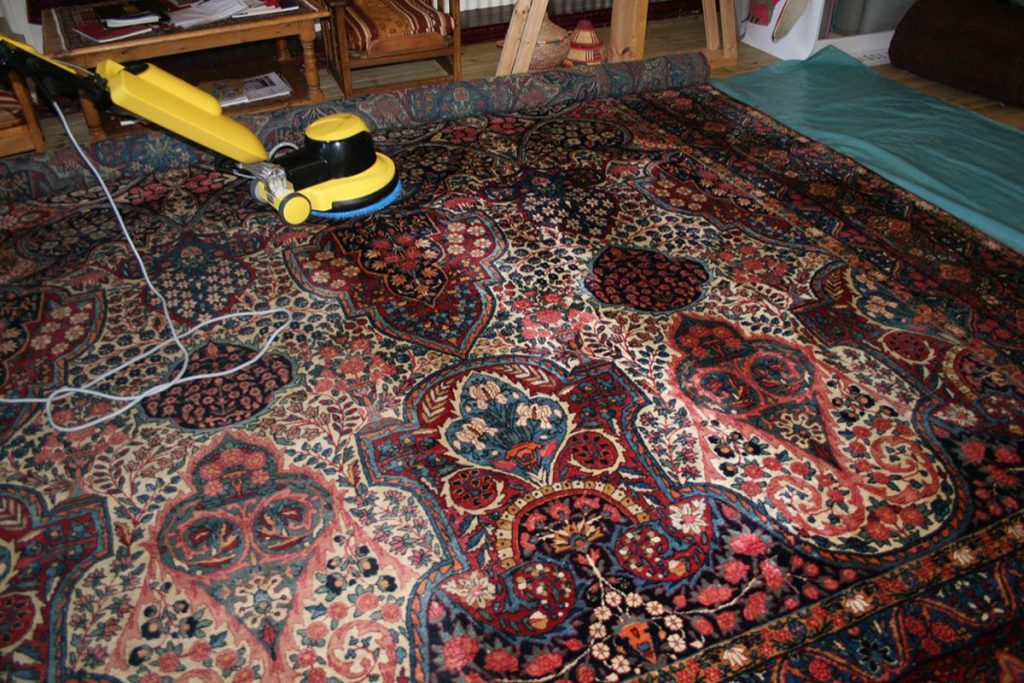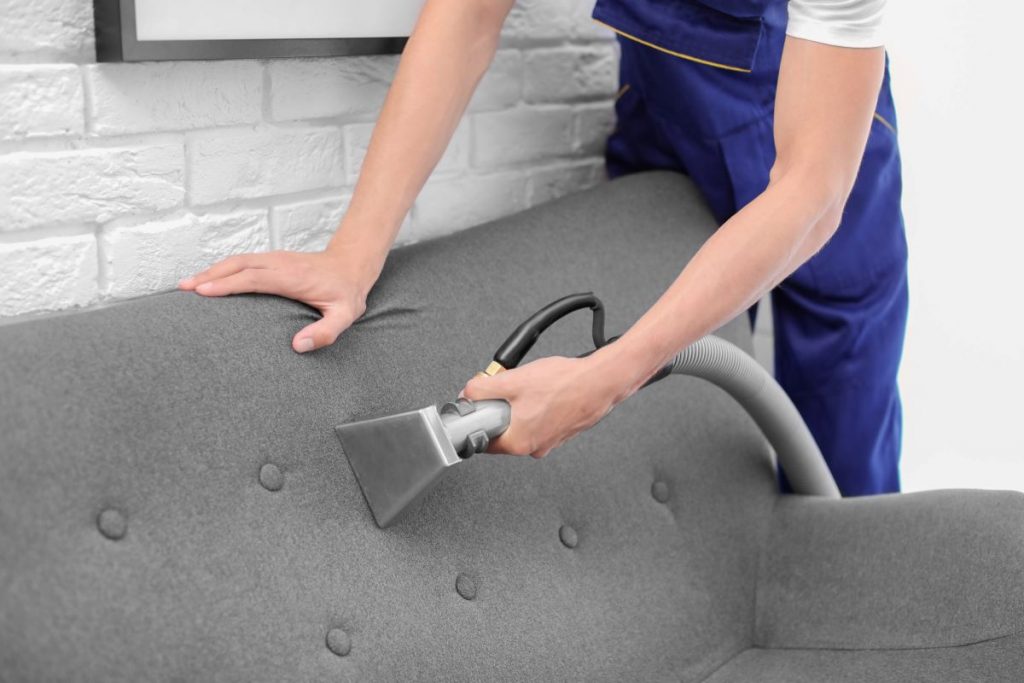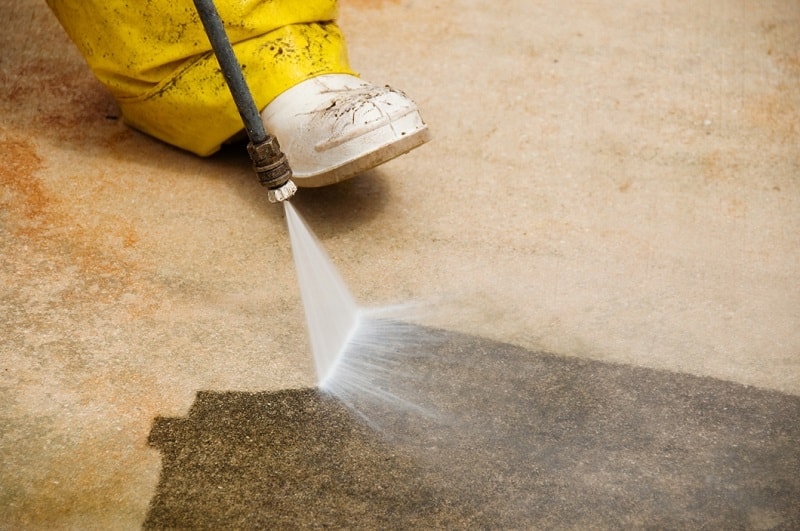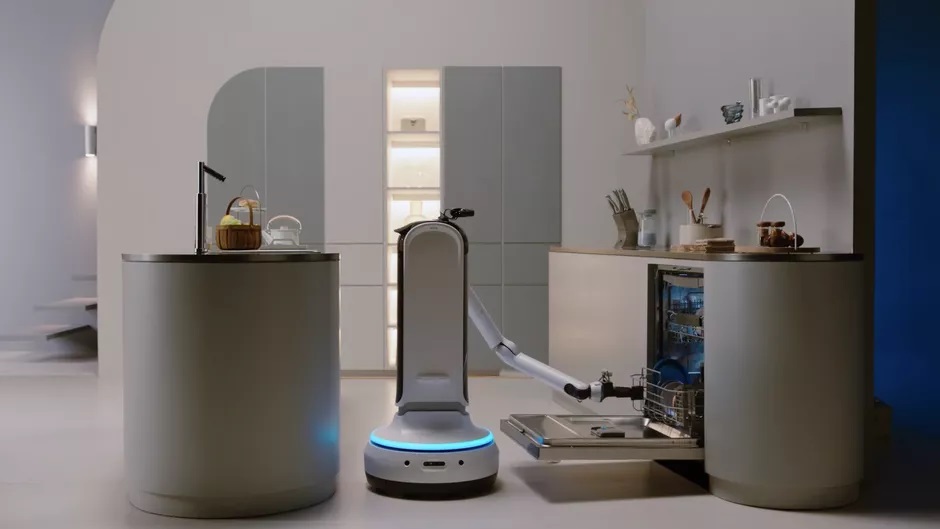Table of Contents
Are you looking for ways to maintain a cleaner, healthy atmosphere in your home for your family? Having the right vacuum cleaner can make a big difference in the cleanliness and air quality of your home. There are many types of vacuum cleaners available including a dry as well as a wet vacuum cleaner. So, which one should you choose? The best way to go about making this decision is to look at some of the differences between these two types of vacuum cleaners.
The Purpose of the Vacuum Cleaner
A dry vacuum cleaner is designed to pick up dry debris off the carpeting and other types of flooring. Dust, dirt, dog hair, scraps of paper and bits of thread are just a few examples of what ends up in the waste container of a dry vacuum cleaner. The filter on a dry vacuum cleaner can remove dust and debris that irritates a person’s allergies.
A wet vacuum cleaner is made to pick up wet messes such as spilt water, soda, wine or mud tracked into a home. The power and design of a wet vacuum cleaner make it easy to clean both stains and newly spilt liquids from carpeting and other types of flooring. They are also made to move across non-carpeted floors with extra care so as to avoid scratches and other marks on the flooring.
The Body of the Vacuum Cleaner
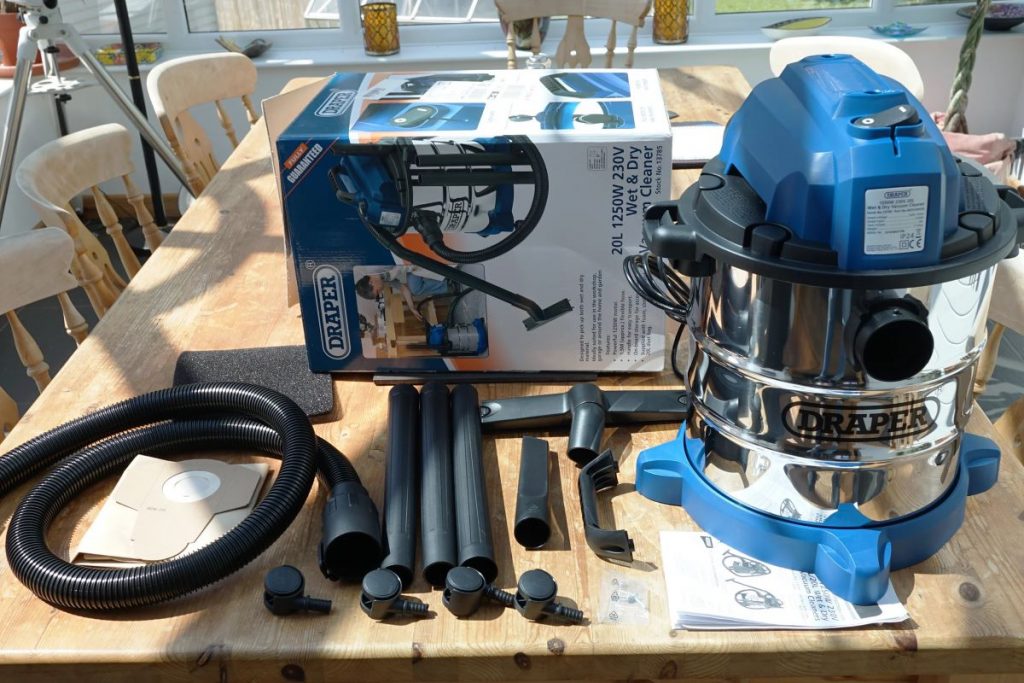
One of the biggest differences between a dry and wet vacuum cleaner is the structure of each one. A dry vacuum cleaner is compact with a motor attached right next to the suction area and waste container of the vacuum. Alternatively, a wet vacuum has a design that includes a barrier between the waste container and the motor of the vacuum cleaner. This is because water is flowing into the waste container, so it needs to be kept completely separate from the electrical workings of the device.
The Waste Container
The waste container of a dry vacuum cleaner is made to house all of the dry debris mentioned above that you remove from a carpet or other floor as you vacuum. A wet vacuum has a waste container that’s sealed tight, so it won’t leak any of the liquid it’s cleaning up from a floor. Plus, the waste container on a wet vacuum is usually made of clear plastic so the user can see what was picked up and when it needs to be emptied.
The Process of Emptying the Waste Container
Another difference between these two vacuum cleaners has to do with the waste container. To empty the waste container on a dry vacuum, you simply unhook it from the device and dump the debris into a trash can. If something is stuck inside it like a clump of dirt, you can reach into the container with a ruler or other type of stick and get it out, so it falls into the trash can. The waste container on a wet vacuum must be dumped into a sink or outside so the wet debris won’t leak through a garbage bag. When it comes to a wet vacuum cleaner, a little more care needs to be taken when removing the waste container.
Cleaning Non-Carpeted Surfaces
Both types of vacuums are capable of cleaning non-carpeted surfaces such as hardwood or tile floors. Some dry vacuum cleaners allow you to adjust the height of the brushes so you can thoroughly clean a non-carpeted floor. A dry vacuum removes dust and dirt off carpeted and non-carpeted floors. If you’re looking for the best vacuum for vinyl floors, it’s a smart idea to look for a dry vacuum with adjustable height. However, if you have liquid you want to clean up on a non-carpeted floor, then a wet vacuum would do the job. Some wet vacuum cleaners also shine hardwood, tile or vinyl floors while they are cleaning them. The type of vacuum you use depends on what you’re trying to pick up.
Storage After a Cleaning
After vacuuming a carpet with a dry vacuum cleaner, you can put it right back into a closet or utility room. Alternatively, after cleaning with a wet vacuum cleaner, you have to make sure its brushes are dry and its dirty water tank emptied before storing it away.
Vacuum Cleaner Care
There are differences in the type of care required for a dry vacuum cleaner and a wet vacuum cleaner. A dry vacuum cleaner needs to have its brushes cleared of hair and debris so it can work at its most efficient. Also, the waste container should be cleaned out to remove stuck-on dirt that accumulates over time. Alternatively, the waste container of a wet vacuum cleaner should be cleaned periodically with soap and hot water. In addition, the dirty water should be emptied after every use. The presence of water makes this type of vacuum more prone to the growth of bacteria.
Cleaning Power
The cleaning power of a dry vacuum and wet vacuum cleaner varies from brand to brand. Some dry vacuum cleaners are more powerful than wet vacuum cleaners and vice-versa. When choosing a dry or wet vacuum cleaner, it’s a good idea to select one with the amount of power appropriate for the type of cleaning you need to do. For instance, if you’re looking for a vacuum cleaner to pick up the dirt and dust from a moderately traveled living room floor, then you could go with a vacuum with a normal level of power.
Lastly, think about what you have to clean around your home or business. If you have a lot of liquids spilt on your floors, you may want to consider a wet vacuum cleaner to make the clean up easier. Though they require more maintenance care, wet vacuums can make messy spills less of an issue to get rid of. However, if you simply want a device to clean the dust and dirt out of the carpets around your home, a dry vacuum cleaner may be sufficient.
